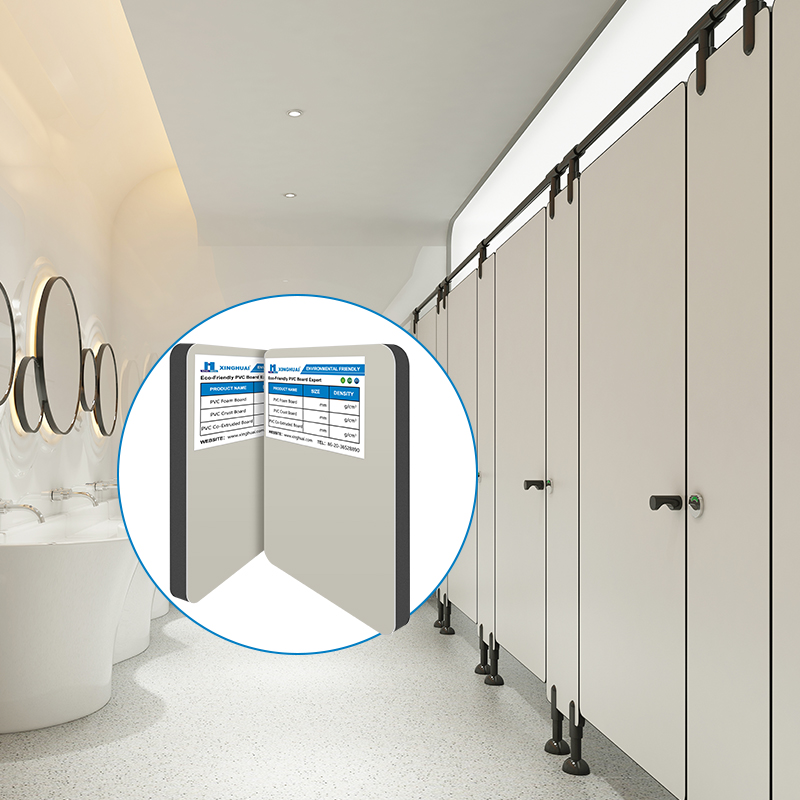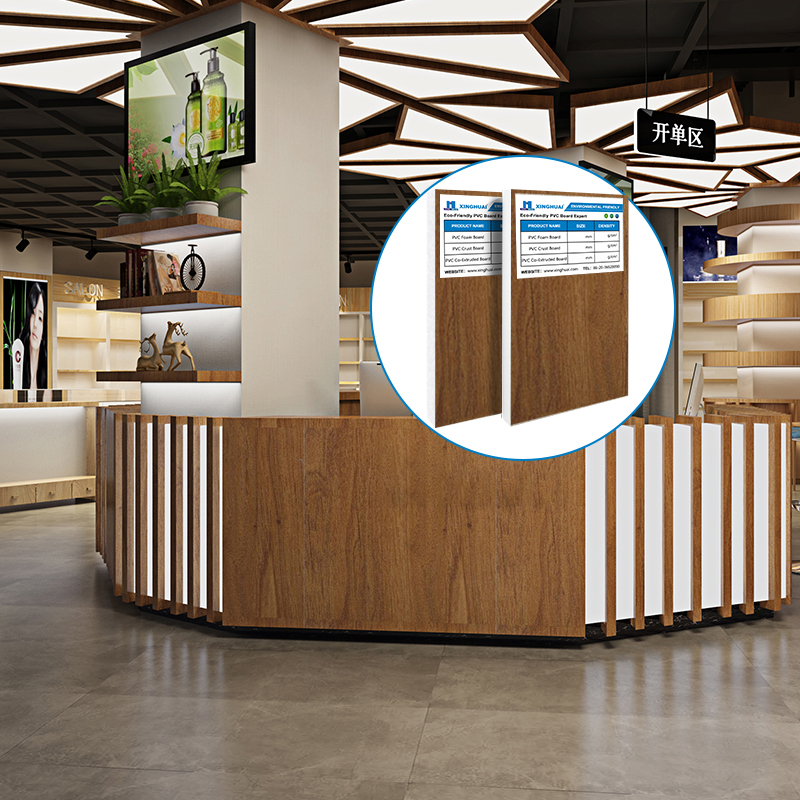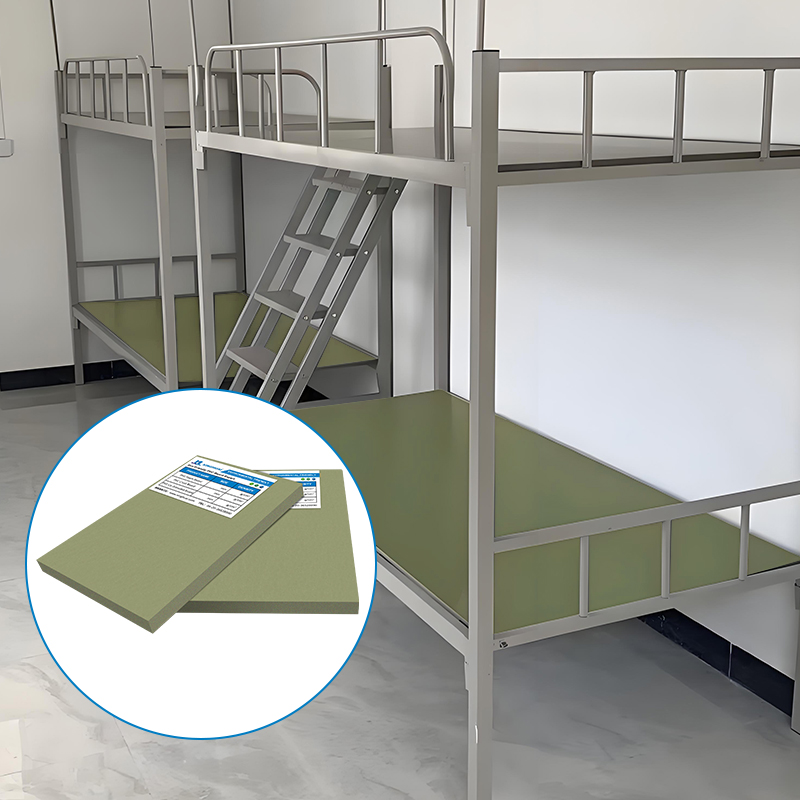How UV-Resistant Is PVC Board? A Comprehensive Analysis of Key Types
1. UV Degradation Mechanisms in PVC Boards
Polymer Chain Breakage: Leads to surface embrittlement and cracking in PVC hard foam board and PVC foam panel sheet.
Pigment Oxidation: Causes color fading in PVC sheet white colour and black foam PVC sheet, as pigments like titanium dioxide (white) or carbon black (black) absorb UV energy.
Plasticizer Loss: Reduces flexibility in foam cores, making white PVC board sheet prone to cracking in sunny climates.
2. UV Resistance of Key PVC Board Types
PVC Sheet White Colour
Base Performance: Unmodified PVC sheet white colour typically contains 2–5% titanium dioxide (TiO₂) as a UV absorber, providing moderate protection. In lab tests, untreated sheets lose 30% of surface gloss after 1,000 hours of UV exposure (equivalent to 1.5 years in Arizona).
Upgraded Versions: Boards with nano-TiO₂ or acrylic coatings (e.g., white PVC board sheet from premium manufacturers) increase UV resistance by 50%, delaying yellowing to 5–7 years.
Limitation: Thinner sheets (<2mm) are more vulnerable due to lower pigment concentration.
Black Foam PVC Sheet
Natural Advantages: Carbon black in black foam PVC sheet absorbs UV radiation efficiently, acting as both a pigment and stabilizer. Uncoated black sheets exhibit <10% color fade after 2,000 hours of UV exposure, outperforming white counterparts.
Foam Core Durability: The closed-cell structure of PVC foam panel sheet reduces moisture ingress, which exacerbates UV damage. However, low-density foam (<0.4g/cm³) may develop surface “chalking” after 3–4 years outdoors.
Industrial Use: Commonly used in outdoor signage and vehicle wraps, where its UV resistance makes it ideal for long-term exposure.
PVC Hard Foam Board
Rigid Structure Benefits: Dense PVC hard foam board (density ≥0.6g/cm³) has fewer surface pores pvc foam panel sheet, reducing UV penetration. Tests show that 10mm-thick boards retain 85% of flexural strength after 3,000 hours of UV exposure.
Coating Impact: Uncoated PVC hard foam board may crack at stress points (e.g., cut edges) after 2 years in tropical climates. A UV-stable acrylic coating increases lifespan to 10+ years, pvc foam panel sheet making it suitable for outdoor cladding.
Application Note: Used in marine environments, PVC hard foam board with added 防霉剂 (mold inhibitors) resists both UV and saltwater degradation.
White PVC Board Sheet
Decorative vs. Functional Grades: Budget white PVC board sheet for indoor use lacks robust UV additives, fading rapidly outdoors. pvc foam panel sheet Premium versions (e.g., with 5–8% hindered amine light stabilizers, HALS) maintain color stability for 8–10 years.
Thickness Factor: A 6mm white PVC board sheet is 40% more UV-resistant than a 3mm sheet due to deeper pigment distribution pvc hard foam board. Thicker boards are preferred for outdoor furniture and signage.
PVC Foam Panel Sheet
Core Composition: Medium-density PVC foam panel sheet (0.5–0.7g/cm³) with a cross-linked polymer core offers better UV resistance than low-density foam. The cross-linking reduces chain scission from UV exposure.
Surface Treatment: Laminated PVC foam panel sheet with a 0.1mm UV-protective film (e.g., polyester or PVC co-extrusion) reduces surface erosion by 70%, making it suitable for outdoor wall panels pvc hard foam board.
3. Factors Influencing UV Resistance
Pigment Type and Loading:
Carbon black in black foam PVC sheet provides the highest natural UV protection (equivalent to SPF 100+).
Titanium dioxide in PVC sheet white colour requires precise dispersion; agglomerated particles create weak spots.
Additives:
HALS and benzotriazole UV absorbers pvc hard foam board in white PVC board sheet scavenge free radicals, delaying degradation.
Antioxidants in PVC hard foam board prevent oxygen-induced chain breakage during UV exposure.
Manufacturing Process:
Co-extrusion (e.g., in PVC foam panel sheet) bonds a UV-resistant skin to the foam core, enhancing durability without additional coatings pvc hard foam board.
Post-production lamination adds a protective layer but may delaminate if improperly applied pvc hard foam board.
4. Practical Testing and Standards
ASTM G154: This standard uses a fluorescent UV chamber to simulate outdoor exposure. A black foam PVC sheet passing 3,000 hours of testing (equivalent to 5 years outdoors) is considered highly UV-resistant.
Real-World Case Studies:
In Dubai’s desert climate, uncoated PVC hard foam board degraded within 18 months, while coated versions showed no visible damage after 5 years.
In Norway’s high-UV summer months, white PVC board sheet with HALS additives retained 90% of its color, versus 50% for unmodified sheets.
5. Application Guidelines for UV-Exposed Environments
High-UV Zones (e.g., Tropics):
Prioritize black foam PVC sheet or PVC hard foam board with acrylic coatings.
Avoid thin PVC sheet white colour (<3mm) for vertical surfaces; use 6–10mm thickness for horizontal applications.
Moderate-UV Zones (e.g., Temperate Climates):
PVC foam panel sheet with a UV-stable laminate is suitable for outdoor signage and decking.
Refresh protective coatings every 3–5 years for white PVC board sheet in high-traffic areas.
Low-UV Zones (e.g., Northern Regions):
Uncoated PVC sheet white colour may suffice for short-term projects (≤3 years).
Use black foam PVC sheet for long-term applications to leverage black foam pvc sheet carbon black’s natural UV shielding.




